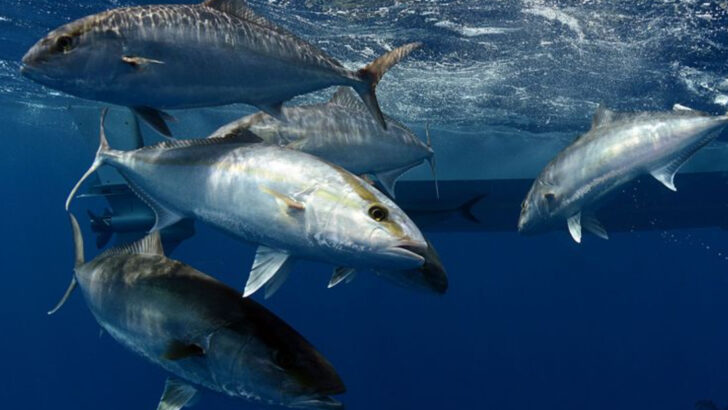The amberjack isn’t just another fish.
It’s a torpedo with fins, a muscle-packed missile that explodes on the end of your line like it’s been waiting its whole life to ruin your day.
Saltwater anglers call it the “reef donkey” — not because it’s slow or stubborn, but because it kicks like hell.
Catching one is less a hobby and more a full-body workout you didn’t sign up for.
But beneath all that brute strength is a story few know.
This isn’t just a fight club member of the deep — it’s got quirks, secrets, and habits that’ll surprise even seasoned pros.
Ready to meet the heavyweight champion of the sea — and learn what makes it tick when it’s not busy breaking rods and egos?
Let’s dive into the wild, wild world of the amberjack.
And bring gloves. You’re gonna need them.
The Name’s Origin
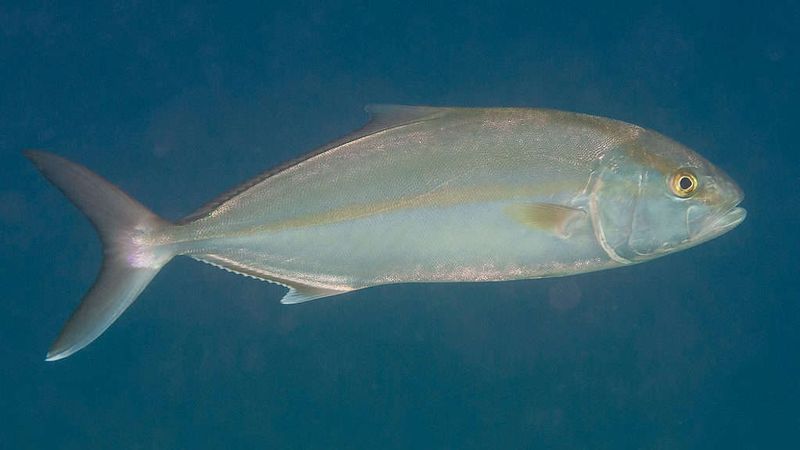
The term ‘amberjack’ is derived from their amber hue, a distinctive feature that sets them apart in the aquatic world. These fish belong to the Carangidae family and are closely related to jacks and pompanos. Their vibrant color not only adds to their allure but also aids in camouflage within the ocean’s depths. Fishermen often recount tales of their first encounter with this striking fish, captivated by its shimmering scales that resemble golden coins. The name perfectly encapsulates the fish’s appearance, bridging the gap between its aesthetic and its identity. Curious about the amberjack’s name? Dive deeper into its etymology!
A Deep-Dweller
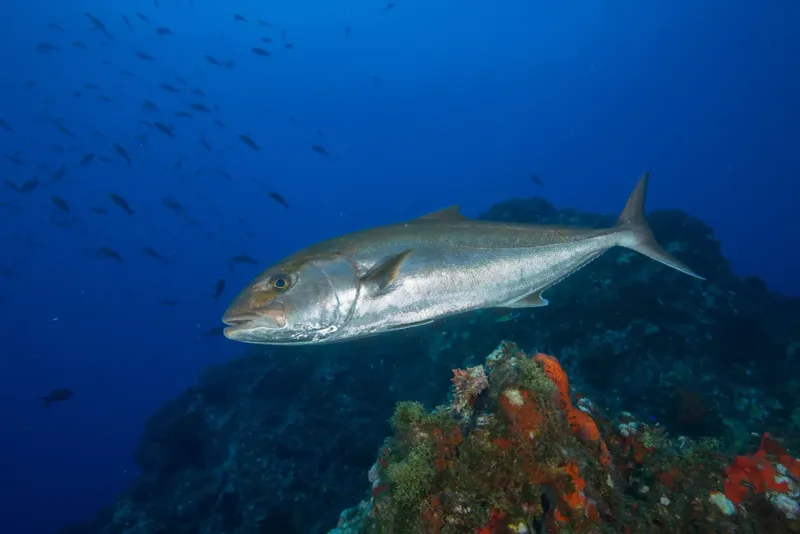
Amberjacks are known to inhabit deep waters, often found around shipwrecks and rocky reefs. Their preference for these habitats provides them with abundant prey and shelter from predators. Venturing into the depths, these fish demonstrate incredible adaptability. A diver might spot them cruising majestically, unfazed by the pressure and darkness. Did you know that amberjacks can be found at depths reaching over 300 feet? Their ability to thrive in such environments showcases their resilience and remarkable survival instincts. Exploring shipwrecks and hidden underwater realms, they embody the spirit of adventure in the ocean’s mysteries.
The Fighter Spirit
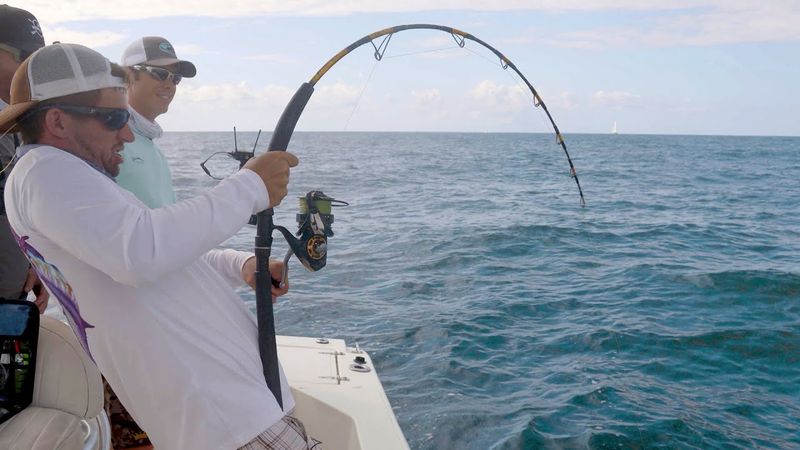
Renowned for their fighting spirit, amberjacks are a challenge to catch, making them a prized target for sport fishermen. With vigorous thrashing and sudden dives, they test the skills of even the most experienced anglers. It’s not just their size that presents a challenge but their relentless energy and power. An angler once said, ‘Hooking an amberjack is like reeling in a freight train.’ These fish are known to put up a fight until the very end, embodying the essence of tenacity. Capturing an amberjack isn’t just a catch; it’s a testament to one’s fishing prowess.
Global Wanderers

Amberjacks are not confined to one region; they are global wanderers, found in warm and temperate waters worldwide. From the Atlantic to the Pacific, these fish traverse vast distances, adapting to diverse ecosystems. Their migratory nature ensures genetic diversity and a wide distribution, making them a common sight in international waters. How do they manage such expansive journeys? Their streamlined bodies and powerful fins are designed for long-distance travel, enabling them to cover great areas with ease. Adventurous and resilient, amberjacks truly embody the spirit of global marine exploration.
The Dietary Range
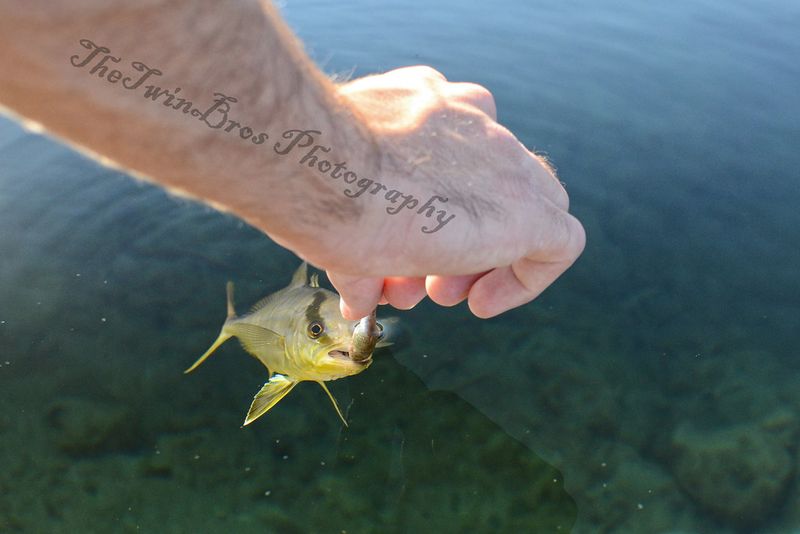
Amberjacks boast a varied diet, feeding on smaller fish, squid, and crustaceans. Their hunting skills are honed by their speed and agility, allowing them to capture prey with precision. Observing amberjacks in their natural habitat reveals their strategic approach to hunting. They often employ a combination of stealth and swiftness, making them formidable predators in the marine food chain. Did you know that their diverse diet contributes significantly to their strength and energy levels? By consuming a wide array of prey, amberjacks maintain their robust physical condition, essential for their demanding lifestyle.
Growth and Size
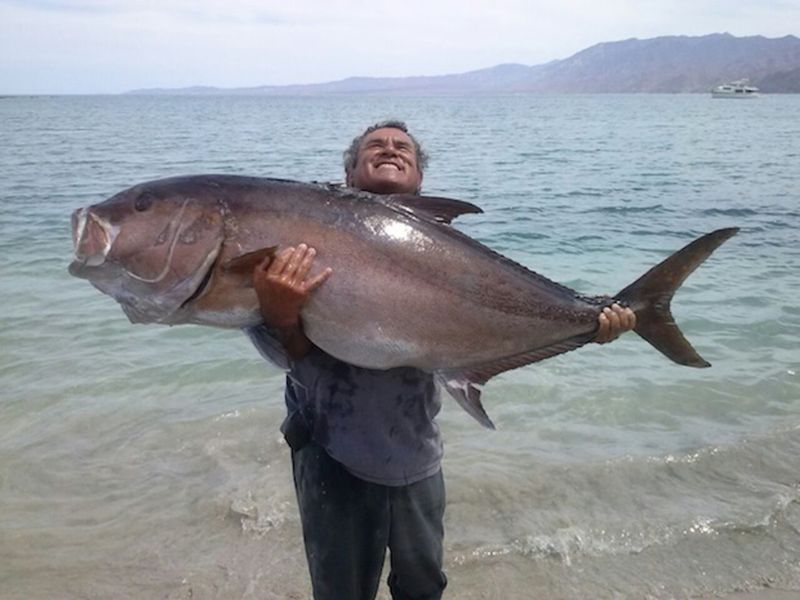
Amberjacks are known for their impressive size, with some reaching up to six feet in length and weighing over 150 pounds. Their growth rate is rapid, supported by their nutrient-rich diet. Anglers often share stories of catching record-sized amberjacks, marveling at their sheer size and weight. The combination of their size and strength is what makes them such formidable opponents. Witnessing an amberjack in its full glory is a sight to behold, a testament to the wonders of marine growth and adaptation. Curious about how big they can get? These giants of the sea are truly awe-inspiring.
Breeding Season
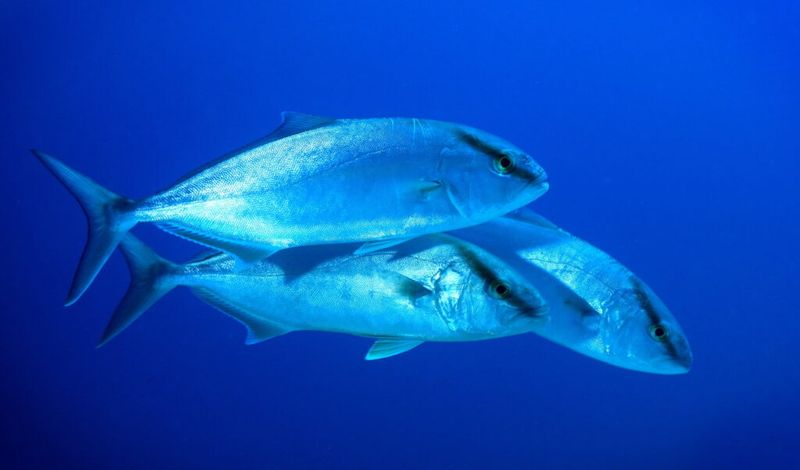
The breeding season of amberjacks occurs from March to July, a period marked by increased activity and vibrancy. During this time, they congregate in large schools, creating a spectacle of synchronized swimming. This gathering is essential for their reproductive success, ensuring the continuation of their lineage. The sight of amberjacks in breeding mode is both fascinating and vital for ecological balance. Did you know that a single female can release over a million eggs in one spawning event? Such prolific breeding ensures their abundance in the oceans, a testament to their evolutionary success.
Predator and Prey

Amberjacks play a dual role in the oceanic food chain, acting as both predator and prey. While they hunt smaller marine creatures, they are also targeted by larger predators like sharks and tuna. This dynamic position emphasizes their adaptability and survival skills. Observing an amberjack evading a predator showcases their agility and quick reflexes. Despite being prey, their size and speed often give them a fighting chance against would-be attackers. This balance of predator-prey roles is crucial for maintaining marine ecosystem health, highlighting the amberjack’s integral role in oceanic biodiversity.
Longevity in the Wild
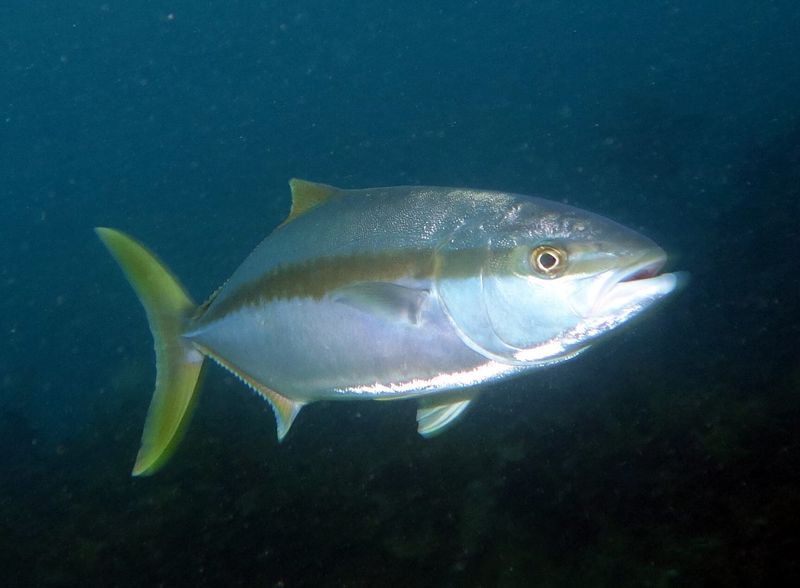
Amberjacks can live for over a decade, with some documented cases of individuals reaching 17 years. Their longevity is attributed to their diet, habitat, and natural defenses. Older amberjacks often display unique characteristics, such as faded color and slower movement, indicating their advanced age. These seasoned fish have witnessed numerous changes in their environment, adapting to survive through the years. The longevity of amberjacks is a testament to their resilience and adaptability in the wild. Curious about their lifespan secrets? It’s a combination of genetics and lifestyle that allows them to thrive.
Culinary Delights

Amberjack is not only a prized catch for sport but also a culinary delight. Its firm, white flesh is perfect for grilling, baking, or sashimi. Chefs appreciate its versatility and rich flavor, which pairs well with a variety of seasonings and sauces. Have you ever tasted amberjack prepared by a master chef? It’s a delectable experience that highlights the fish’s natural qualities. From high-end restaurants to local seafood markets, amberjack is celebrated for its taste and texture. Its culinary popularity reflects its importance not just in the water, but also on our plates.
Amberjack Conservation
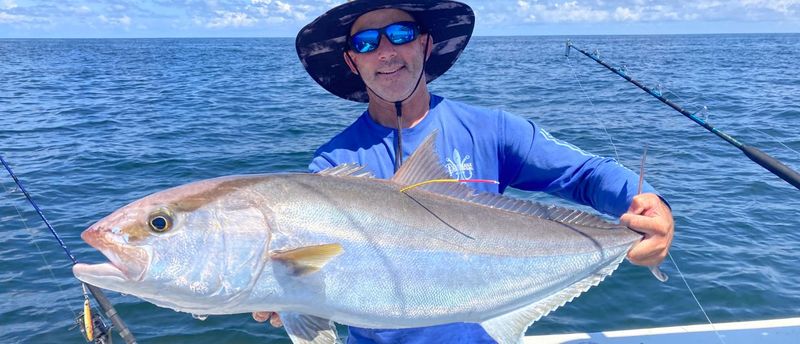
Conservation of amberjacks is vital, given their ecological significance and popularity among anglers. Efforts to monitor and maintain healthy populations include tagging programs and sustainable fishing practices. Observing a conservationist at work, tagging an amberjack, highlights the dedication to preserving this species for future generations. Did you know that overfishing poses a significant threat to their populations? Conservation initiatives aim to balance the interests of fishing communities with ecological sustainability, ensuring these remarkable fish continue to thrive. Protecting the amberjack is not just an environmental concern, but a cultural one as well.
Cultural Significance
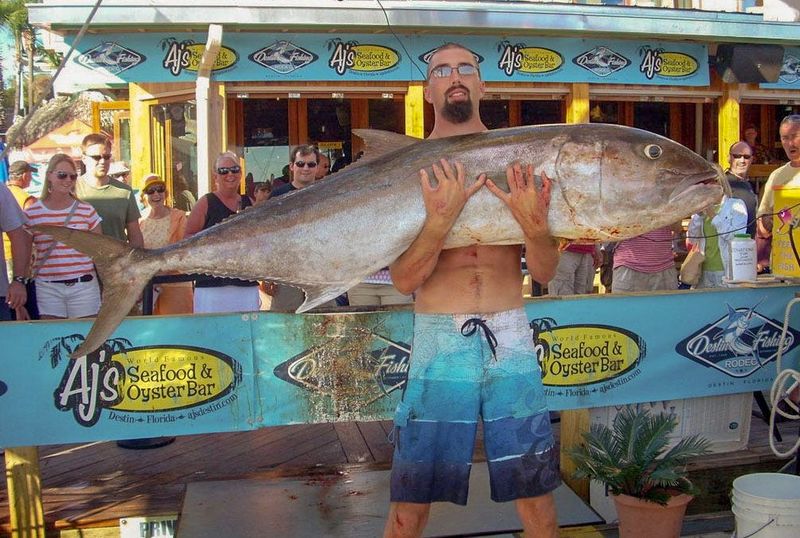
In coastal regions, the amberjack holds cultural significance, celebrated in festivals and fishing events. Communities often gather to honor the amberjack, recognizing its role in local economies and traditions. These celebrations are filled with music, food, and, of course, fishing competitions. Have you ever attended an amberjack festival? The atmosphere is vibrant, reflecting the community’s connection to the sea and its bounties. Such events highlight the amberjack’s impact beyond the ocean, fostering community spirit and cultural heritage. It’s more than just a fish; it’s a symbol of maritime life and local pride.
The Amberjack’s Future
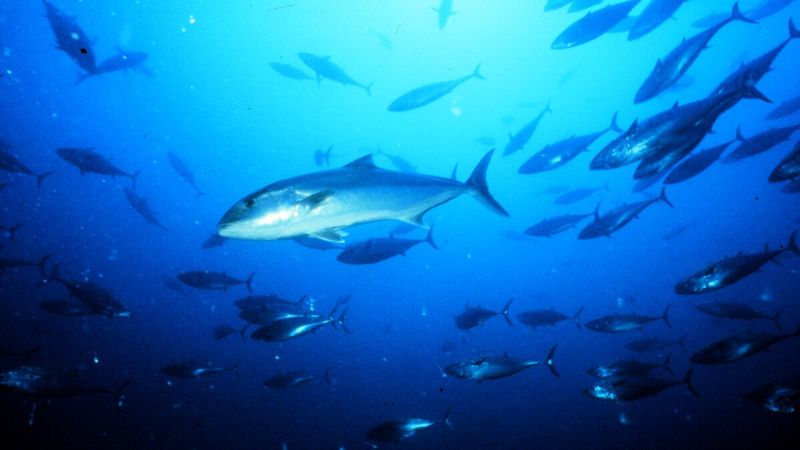
The future of amberjacks depends on our actions today. Sustainable practices, conservation efforts, and public awareness are crucial for their continued existence. Imagine a future where amberjacks thrive in pristine waters, free from the threats of overfishing and pollution. This vision inspires hope and responsibility, urging us to protect marine biodiversity. Have you considered how your choices impact the amberjack’s future? By supporting sustainable seafood choices and conservation initiatives, we can ensure these magnificent fish continue to grace our oceans. The amberjack’s future lies in our hands, a reminder of our role in preserving nature.

